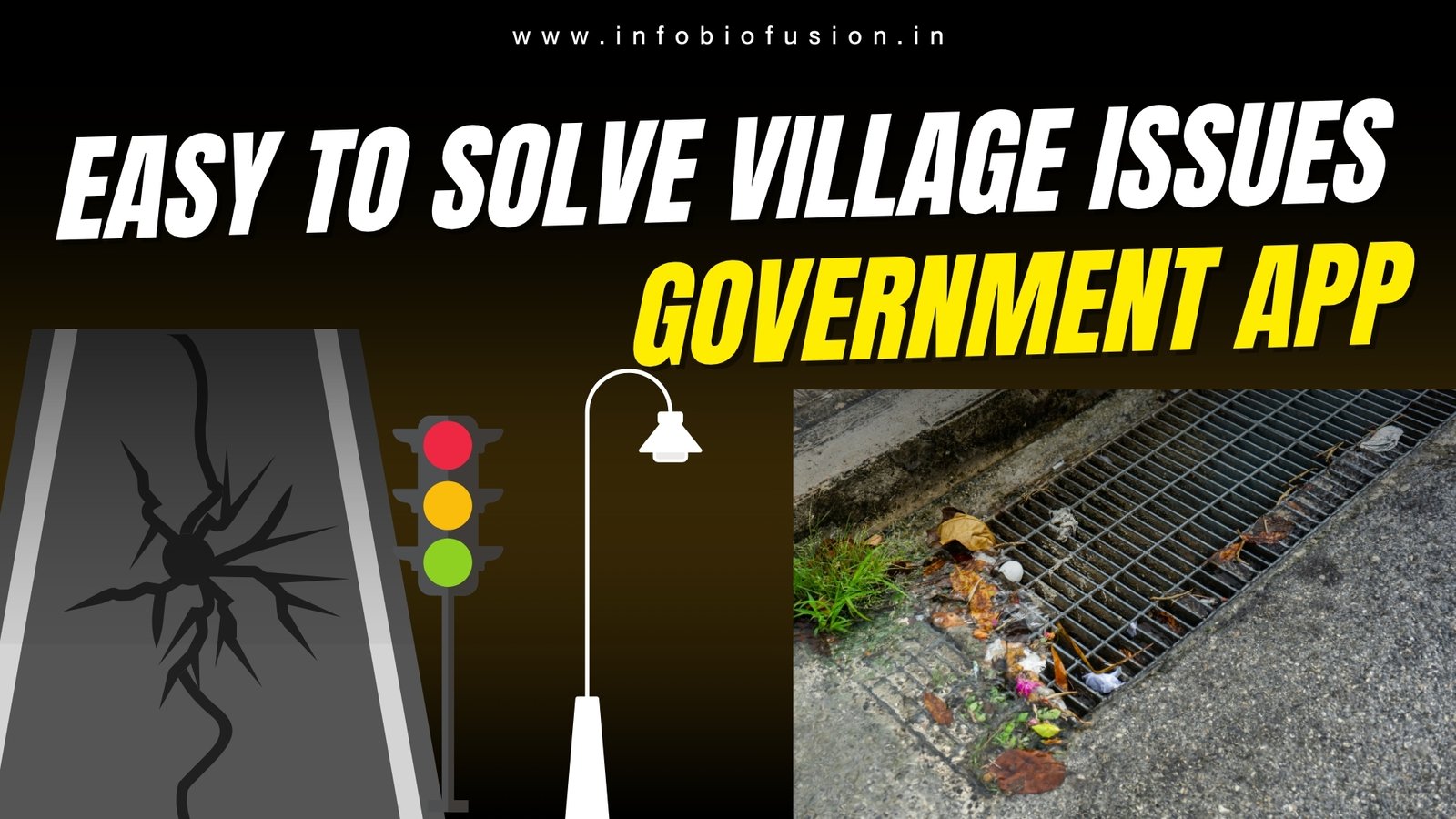The internet has opened up simple ways to solve many village problems quickly. Earlier, villagers had to travel long distances to towns or government offices for even small issues. Now, most of these services are available online through smartphones. With just a few clicks, solutions are easier and faster than ever before.
One of the biggest changes is in government services. People can now apply for documents like ration cards, land records, and pensions online. This saves time and money as they no longer need to stand in long queues. It also reduces the need for middlemen who often took extra fees. Digital platforms have brought direct access to citizens.
Healthcare is another area where online tools help villages. Telemedicine apps allow villagers to consult doctors remotely without visiting hospitals. Simple video calls can diagnose problems and suggest medicines. This is especially useful for areas with few clinics or medical facilities. It brings expert advice right to their doorstep.
WEBSITE IS NOT COMPACTIBLE YOU DEVICE
APP LINK ON BELOW CHECK IT
Education has also become easier with online platforms. Students in villages can attend virtual classes and learn from top teachers across the country. Free resources and digital libraries give access to quality study material. This bridges the gap between rural and urban learning opportunities. Even skill training is now possible online.
Banking and financial services have seen a major transformation. Mobile banking apps and UPI payments allow villagers to send and receive money instantly. They no longer need to visit banks for every transaction. Microloans and savings schemes are also easier to access through apps. It has simplified rural finance management completely.
WEBSITE LINK :-
CLICK HERE
Farming-related problems are also being solved online. Farmers can check weather forecasts, crop prices, and get expert advice through agricultural portals. They can even sell their produce directly to buyers using online markets. This reduces dependency on middlemen and ensures better profits. Technology is now empowering rural agriculture.
Grievance redressal has become much faster too. Villagers can register complaints about electricity, water, or roads on government portals. Authorities can track and resolve these issues efficiently. Digital complaint systems have reduced delays and increased accountability. It has made governance more transparent and effective.
Employment opportunities are also reaching villages through online platforms. Job portals and freelancing websites let rural youth find work without migrating to cities. Even small businesses can promote their products through social media. This creates income sources while staying in their hometowns. The internet is unlocking local potential.
Awareness campaigns on health, sanitation, and welfare schemes are easily shared online. Villagers can watch videos or join WhatsApp groups for updates. This has increased participation in government programs and improved living standards. Simple digital communication is creating powerful changes in rural areas.
Overall, solving village problems online has made life easier and more connected. From healthcare to farming, education to finance, everything is now accessible with a smartphone. With growing digital literacy, rural development is moving faster than ever. The internet is truly becoming a bridge between villages and progress.
Digital literacy programs are playing a huge role in rural transformation. Many NGOs and government initiatives now teach villagers how to use smartphones and basic online services. Even senior citizens are learning to pay bills, apply for schemes, and use social media. This empowerment reduces dependency on others and boosts confidence in technology.
Real-life examples show how impactful online solutions have become. In several villages, farmers now book fertilizer and seed supplies online and get them delivered locally. This saves travel costs and ensures timely farming needs are met. Such simple access is improving crop yield and overall rural income.
Government schemes like online electricity bill payments are solving day-to-day issues instantly. Instead of standing in queues or waiting for officials, villagers can pay their bills from home. SMS receipts and app notifications bring transparency and prevent overcharging. This convenience was unimaginable a few years ago.
Social media platforms are also connecting villages with the outside world. People can now raise awareness about local problems like poor roads or water shortages. These posts often get attention from district officials, leading to faster solutions. It gives villages a louder voice and faster results.
Online marketplaces have opened up new opportunities for rural artisans and small business owners. Handicrafts, homemade products, and even fresh produce can now be sold to customers across India. This creates income without needing a physical shop. It’s turning many villagers into successful entrepreneurs.
Health awareness has also improved significantly through online campaigns. Villagers learn about vaccinations, hygiene, and disease prevention through videos and online sessions. This information reaches even remote areas where healthcare workers visit rarely. Such access is saving lives and reducing health risks.
Educational scholarships and government aids are now processed online. Students from villages no longer need to travel multiple times to offices for approvals. Everything from applications to fund transfers is done digitally. This ensures equal opportunities for rural students and encourages higher education.
Job training programs through online workshops are helping youth acquire new skills. From computer basics to tailoring and small-scale business training, these sessions prepare them for income-generating work. It reduces unemployment and prevents migration to cities for survival. Rural talent is finally getting recognized.
Even community events like weddings, festivals, and village meetings are organized online. Invitations are shared through WhatsApp, and planning happens over group calls. This saves time and resources while making coordination smoother. It also brings a sense of digital unity within villages.
In conclusion, solving village problems online is creating a digital revolution in rural areas. With growing internet access, even the smallest villages are becoming part of modern development. Technology is removing barriers and bringing equal opportunities for everyone. This shift is shaping a brighter future for rural communities.

